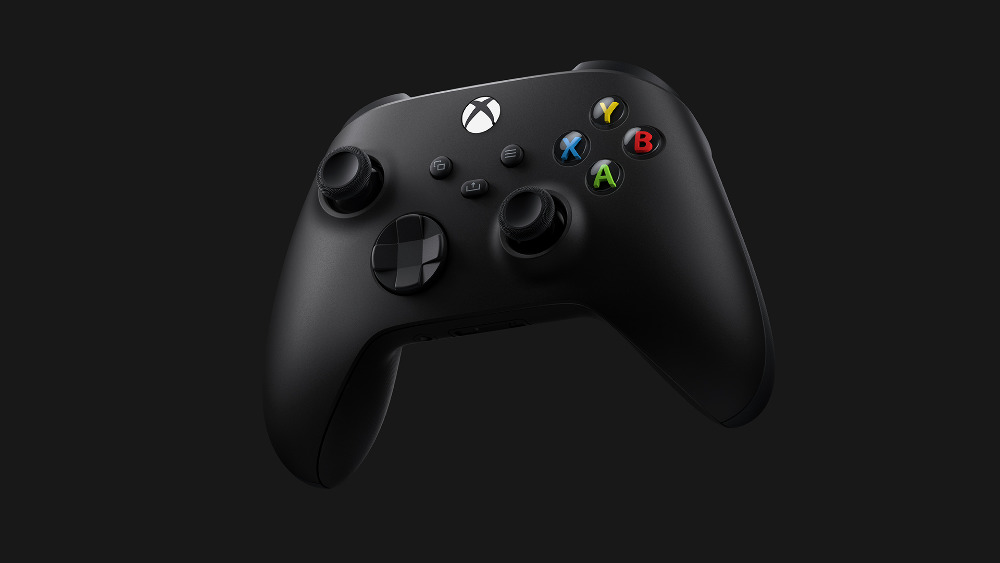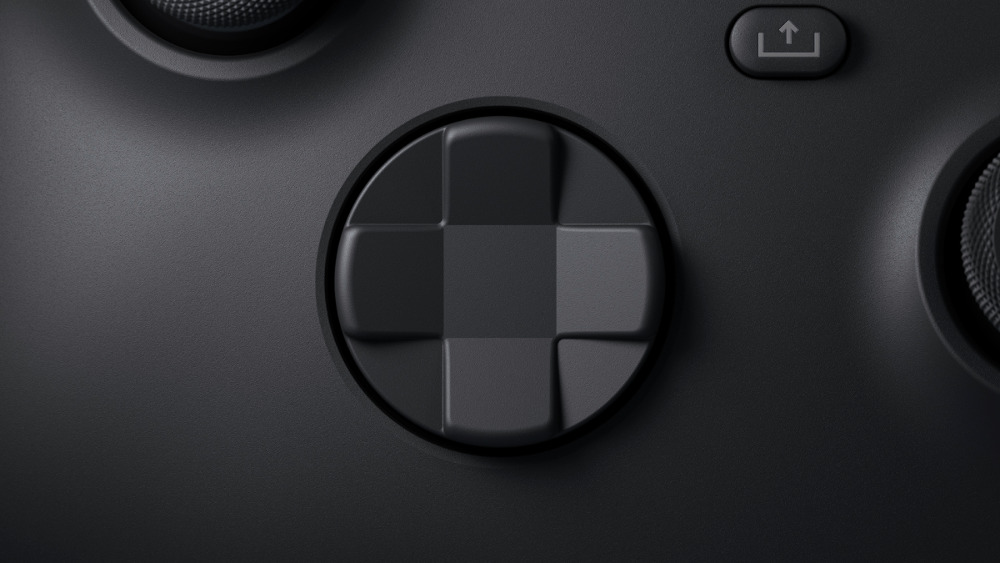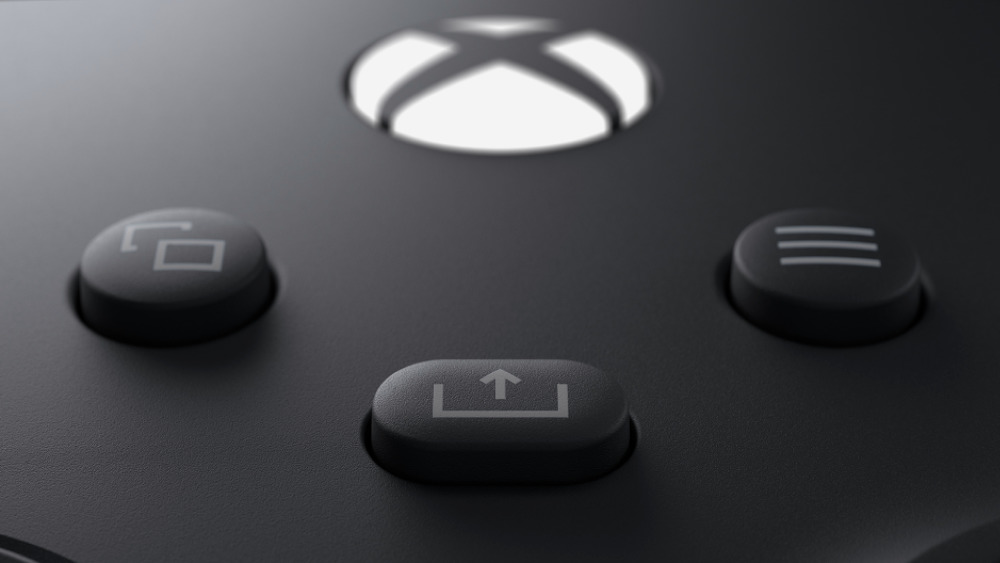What's The Difference Between The Xbox One And Xbox Series X|S Controllers?
With the Xbox Series X and Series S launch, the next generation of consoles has officially arrived. The well-received new systems come with faster load times thanks to SSDs, state-of-the-art technology that provides 12 teraflops of processing power and framerates of up to 120 fps.
A new generation of consoles also means a new generation of controllers. While the Series X's main rival, the PlayStation 5, has rebranded its signature DualShock controllers as the DualSense, the Series X controllers are more of an evolution than a redesign. The new controllers retain the Xbox gamepad's shape that has been consistent since the original Xbox and does not add quite the same level of features as the DualSense.
However, while the Xbox Series S|X controller may look similar to a classic Xbox One controller, there are some critical changes. Here are the differences between the Xbox One and Xbox Series X|S controllers.
A refined design of a proven controller
An interview with Ryan Whitaker, a senior designer at Xbox, revealed that the most crucial design choices made while developing the new controller were about improving inclusivity. The Series X controller is smaller than the Xbox One controller and built to fit an average eight-year-old's hands.
Improved handling choices exist throughout the new Series X controllers. The glossy finish on the Xbox One controller's buttons are now matte finishes with a more robust texture. Also, tactile dots have been added to the triggers to improve grip during gameplay.
Perhaps the most noticeable change on the Series X controller, however, is the redesigned D-pad. Whitaker explained that the Series X D-pad was designed using lessons learned from the swappable D-pad on the Xbox One Elite controller. The new D-pad is a hybrid between a traditional pad with strong cardinal directions and a more flexible pad that makes it easier to input diagonal directions. The Series X controller's D-pad also reacts to minimal movement to make it more responsive and deliver a performance boost for players.
Improved functionality and backward compatibility
In keeping with Microsoft's commitment to supporting backward compatibility between the Series X|S and previous consoles, the Series X controller is compatible with the Xbox One. The new controller switches over to USB-C for charging to take advantage of faster charging speeds on "a modern cable that's more readily available," explained Whitaker. However, the controller also continues to support AA batteries.
The Series X controller introduces Dynamic Latency Input. This technology, included in both the controller, the consoles, and the HDMI cord that communicates with your display, increases communication with the controller and matches input to the game's exact frames on-screen.
The other big difference between the Xbox One controller and the new Series X gamepad is the addition of a share button. The share button lets players take screenshots or record in-game footage and deliver it to a social platform or a friend without interacting with a menu.
While many of the Series X controller changes may seem subtle, they appear to add up. In a review of the Series X console, Eurogamer called the new controller "a much better product" than its Xbox One predecessor.



